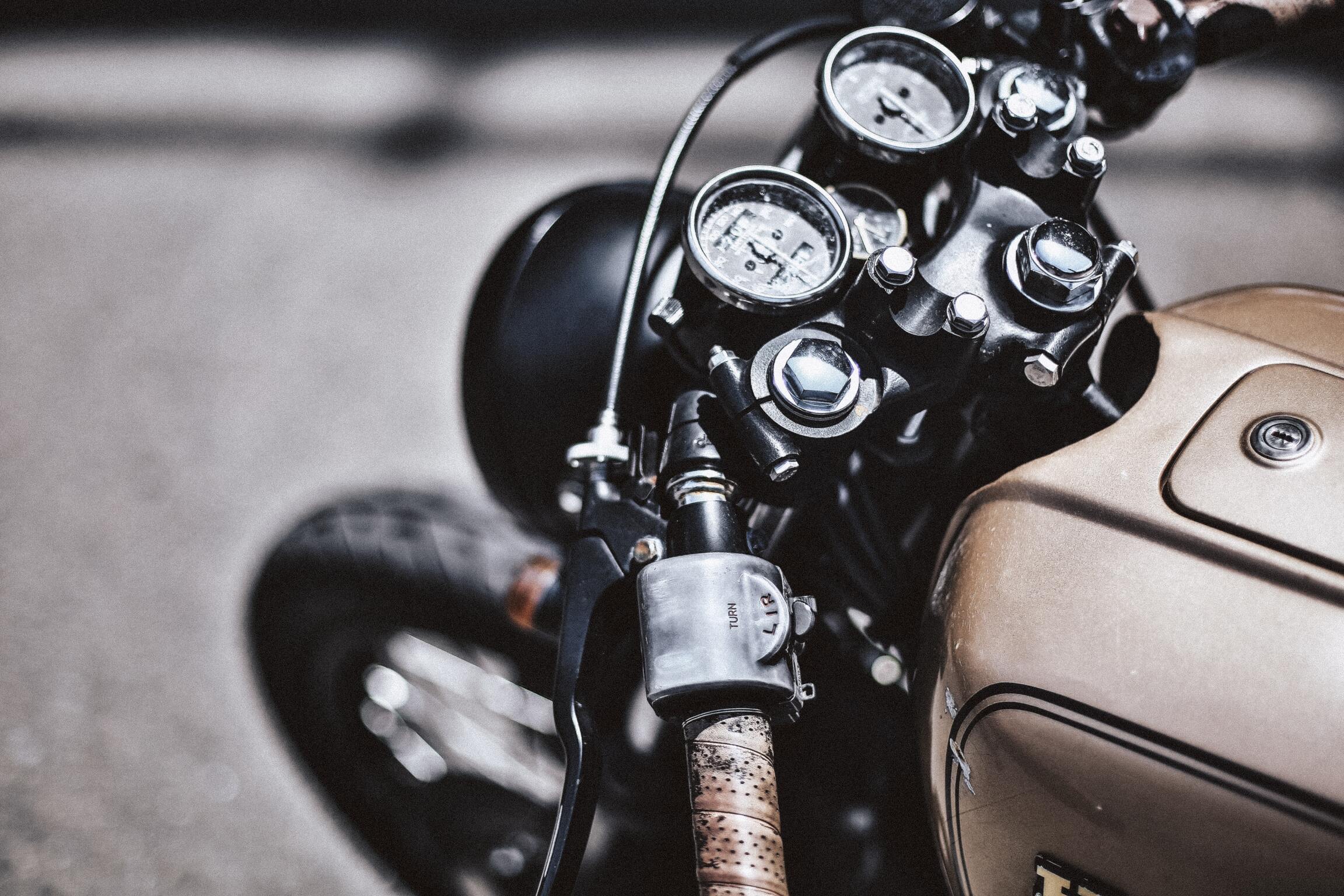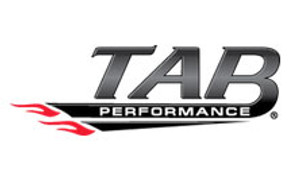What to do After Leaving Your Motorcycle in the Rain
Feb 11, 2022
If you're a motorcycle owner, then you know the importance of keeping your bike in good condition. Unfortunately, even with all your precautions, sometimes bad things happen–like leaving your motorcycle out in the rain. When this happens, it's important to know what to do to clean and protect it. We’ve created this guide to walk you through what to do after leaving your motorcycle in the rain.
By following these tips, you can minimize the damage done and keep your bike looking good for years to come. Let's get started.
Take a Deep Breath and Don't Panic
If you're like many motorcycle owners, the first thing you do when your bike gets wet, especially for a lengthy time, is panic. You start wondering if your engine is ruined, if your electronics are going to short out, and if you're going to have to spend a fortune on repairs. But the truth is that most of the time, nothing bad happens at all, and you don't have to start planning for significant motorcycle upgrades.
In fact, motorcycles are designed to be used in any weather, including rain. That doesn't mean you don't need to take a few precautions if you know you'll be riding your motorcycle in the rain or having your bike sit in the rain when you don't have an option like making a stopover during a heavy downpour. What matters is taking the right steps immediately after your bike is exposed to rain.
Get Your Motorcycle Out of the Rain as Soon as You Can
To protect your bike's vulnerable electronic systems, you need to get your bike out of the rain as soon as possible. This is important because if you let your motorcycle sit in the rain for too long, the water can damage different parts of your bike. If it's still raining and you have to wait until the rain has stopped, you should at least cover your motorcycle with a waterproof tarp so that it doesn't get hit by any heavy water.
If you’ve left your motorcycle in the rain for a longer period of time, you should still try to get it out of the rain as soon as possible. Even if you didn't let your motorcycle sit in water, or even worse, get caught in a big storm while riding, you need to make sure that any electronics are safe from moisture damage. Get it into a dry and safe place, and then deal with the aftermath of leaving your motorcycle in the rain.
Remove All Excess Water with a Rag or Towel
The next step is to remove all of the excess water from your motorcycle by using a rag or towel. Be sure to get into all of the nooks and crannies, as well as the engine. This will help reduce the time it takes for your motorcycle to dry. If you have a motorcycle with upgrades, you may want to use a special motorcycle drying towel. Although it's tempting, you should avoid using any heat source to dry your motorcycle after it’s been in the rain for extended periods of time.
Heating your motorcycle can seriously damage some important components and shorten its lifespan. A simple towel and some patience will do the trick. Be sure to move from side to side and top to bottom to make sure that your motorcycle is completely dry. Be extra careful with motorcycle upgrades like leather seats, as they can be easily damaged if not dried properly. For this, you may have to remove the seat to dry it separately.
Inspect All of the Components for Signs of Corrosion or Damage
After your bike is dry, you need to inspect all of the components, including the electrical system, to identify any damage or corrosion that may have occurred due to leaving the motorcycle in the rain. You can do this by simply looking at your bike and inspecting each component for obvious signs that it has been damaged due to water exposure.
- Electrical System: Inspect the wires, fuses, and connectors–make sure everything is still in place and looks normal.
- Brakes: Inspect the brake pads, discs, and fluid level–look for any signs of corrosion or damage.
- Tires: Check the tread depth and pressure–make sure there is no sign of water inside the tires.
- Chain: Look for rust, wear, or other damage–if there is any damage, it will need to be fixed before taking the bike for a ride.
- Battery: Check the terminals for corrosion, and ensure that the battery is still in good condition.
- Switchgears: check that all the switches are in place and working correctly.
- Fuel System: Inspect fuel lines, tank area, and caps–if there is any sign of water inside your tank, you should drain it before using your motorcycle again.
After inspecting all components, make a list of anything that needs to be fixed or replaced. If there is significant damage due to leaving your motorcycle in the rain, you may need to take your motorcycle in for repair.
Start the Engine and Let It Run for a Few Minutes

If everything looks good and nothing needs to be repaired/replaced, go ahead and start the motorcycle and put it through its paces to ensure that everything is working properly. After your motorcycle has warmed up and checked out okay, shut off the engine for a few minutes to let everything cool down again before starting it again and taking it out for a ride. Just ensure you're cautious when riding the motorcycle after leaving it in the rain.
Listen for any strange noises when accelerating that might indicate damaged parts or problems and ride gently to avoid damaging the motorcycle. A motorcycle left in the rain may have washed away some of the lubricants on critical parts, so it's important to take things slow until you're certain everything is in working order. If everything's okay, go ahead and enjoy a nice, leisurely ride.
Get a Suitable Bike Cover to Protect Your Bike from the Elements
If your motorcycle has to be in the rain, it's a good idea to get a suitable bike cover to protect your bike from the elements. This will help keep your bike looking new and prevent any long-term damage from occurring. There are various bike covers available on the market, so it's important to choose one that fits your specific bike model and is waterproof, breathable, and durable.
Want to learn more care tips for a motorcycle left in the rain or buy custom motorcycle upgrades for your v-twin cruiser bike? Visit our blog or explore our aftermarket parts and accessories for V-twin cruiser bike owners at West End Motorsports.
























